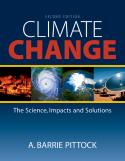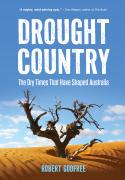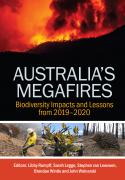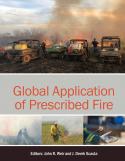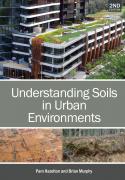It is widely accepted in the scientific community that climate change is a reality, and that changes are happening with increasing rapidity. In this second edition, leading climate researcher Barrie Pittock revisits the effects that global warming is having on our planet, in light of ever-evolving scientific research.
Presenting all sides of the arguments about the science and possible remedies, Pittock examines the latest analyses of climate change, such as new and alarming observations regarding Arctic sea ice, the recently published IPCC Fourth Assessment Report, and the policies of the new Australian Government and how they affect the implementation of climate change initiatives.
New material focuses on massive investments in large-scale renewables, such as the kind being taken up in California, as well as many smaller-scale activities in individual homes and businesses which are being driven by both regulatory and market mechanisms. The book includes extensive endnotes with links to ongoing and updated information, as well as some new illustrations.
While the message is clear that climate change is here (and in some areas, might already be having disastrous effects), there is still hope for the future, and the ideas presented here will inspire people to take action. Climate Change: The Science, Impacts and Solutions is an important reference for students in environmental or social sciences, policy makers, and people who are genuinely concerned about the future of our environment.


